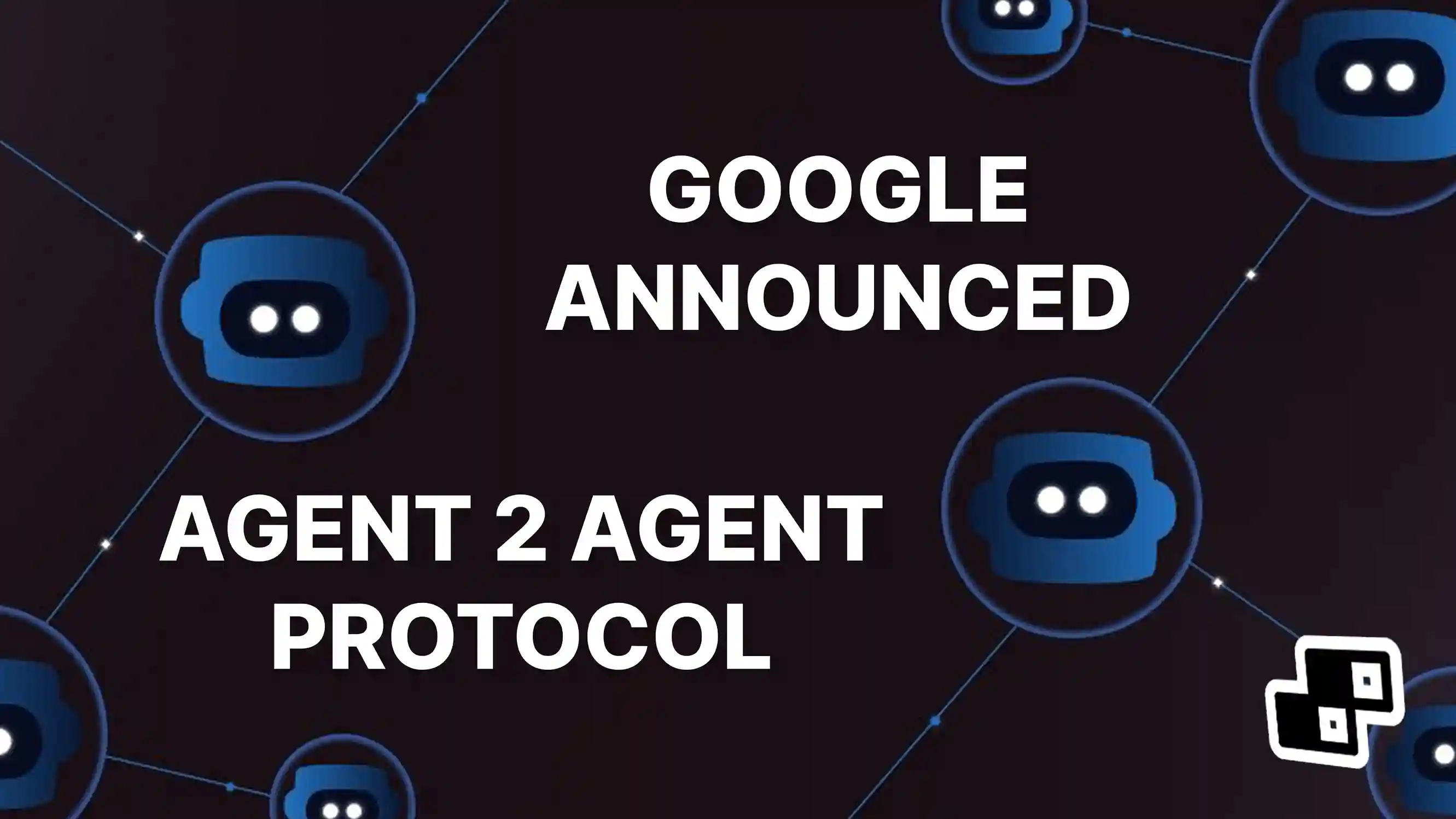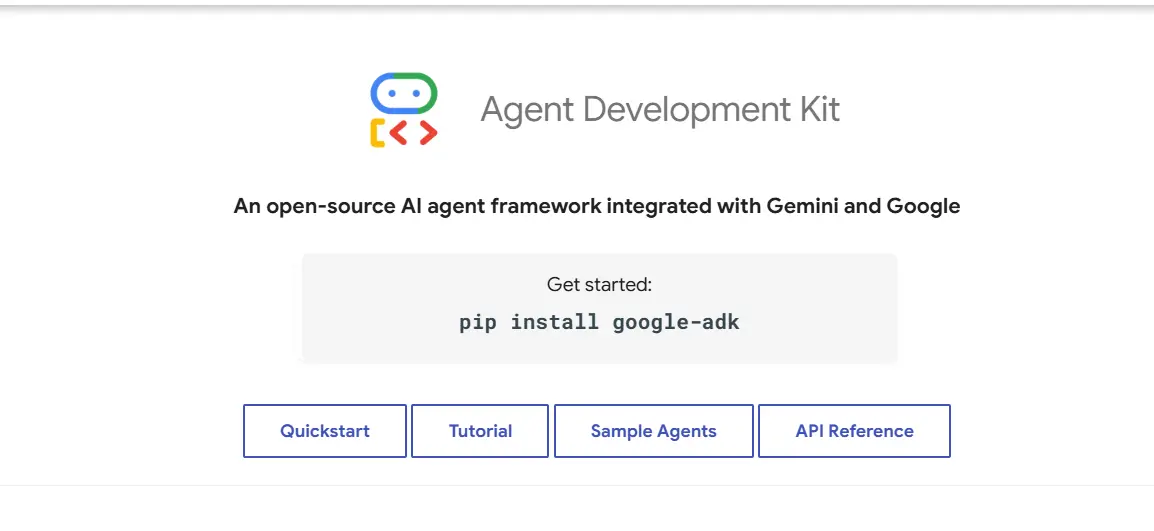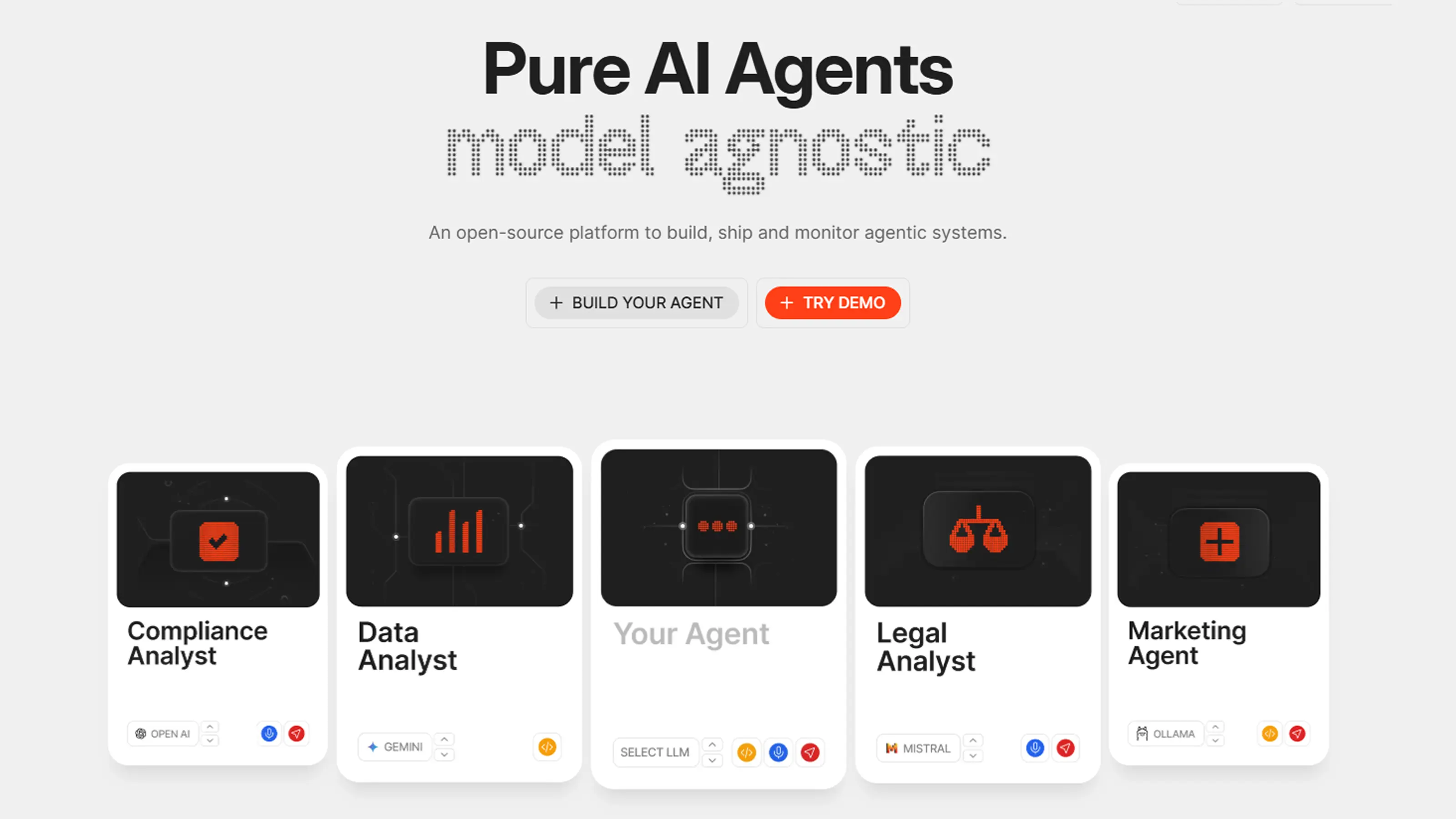Agent2Agent Protocol: Google's New Framework for AI Collaboration

Usama Navid
AI and Automation Expert

At Google Cloud Next 2025, one technology stood out among the flurry of announcements: the new Agent2Agent (A2A) Protocol. This innovative framework promises to revolutionize how AI agents interact with each other, potentially transforming the way businesses leverage artificial intelligence. As the tech industry moves beyond the initial wave of single-purpose AI applications, Google is betting on collaborative AI systems to drive the next wave of innovation.
What is the Agent2Agent Protocol?
The Agent2Agent Protocol (A2A) is a new open standard proposed by Google that establishes a common language for AI agents to communicate with each other. Unlike existing frameworks that focus on agent-to-tool communications, A2A specifically targets agent-to-agent interactions, allowing different AI agents to discover, negotiate with, and collaborate with other agents, regardless of the underlying model or framework they were built with.
According to Google's announcements at Cloud Next 2025, A2A uses established standards like HTTP, SSE, and JSON-RPC to ensure compatibility across different systems. The protocol is designed to be secure by default, addressing one of the key concerns about agent frameworks in general.
How A2A Works: The Key Components
The A2A protocol consists of several core components:
1. Agent Cards
Each agent has its own "agent card" that serves as its digital identity. This card contains information about what the agent can do, how it does it, and other details that help other agents determine whether and how to interact with it. Think of this as a digital resume or business card for AI agents.
2. Discovery Mechanisms
A2A includes multiple ways for agents to find other agents:
- Registry-based discovery: Agents can query a centralized or distributed registry
- Private API endpoints: Organizations can expose their own agent discovery services
- Direct connections: Agents can be explicitly connected to known partners
3. Negotiation Protocol
Once agents discover each other, they use a standardized format to negotiate:
- What tasks need to be accomplished
- What format the output should be in
- What language to use
- Other parameters relevant to the task
4. Task and Artifact Management
The protocol defines standard formats for:
- Tasks: The specific jobs one agent requests another to perform
- Messages: The communication between agents
- Artifacts: The outputs that agents produce and share with each other or end users
Why A2A Matters for Businesses
The Agent2Agent Protocol represents a significant step toward more complex AI systems. Here's why businesses should pay attention:
1. Enabling Specialized AI Teams
Just as human teams benefit from specialists, A2A allows businesses to create specialized AI agents that excel at particular tasks. These agents can then collaborate to tackle complex problems that would be difficult for a single, general-purpose AI system. Consider how agents might use reasoning techniques in collaboration.
For example, one agent might specialize in data analysis, another in natural language generation, and a third in visual content creation. With A2A, these agents can work together seamlessly on complex projects.
2. Multi-Language Agent Ecosystems
A particularly valuable feature of A2A is its language-agnostic design. Your primary agent could be built in JavaScript while it calls on specialist agents written in Python, Julia, or other languages. This flexibility allows development teams to use the best tool for each specific component of an AI system.
3. Potential for Agent Marketplaces
One of the most intriguing possibilities mentioned by industry insiders is the potential for "agent app stores" or marketplaces. In this scenario, your agent could automatically discover and utilize specialized third-party agents for specific tasks, potentially paying small fees for these services.
Imagine your company's main agent automatically finding and hiring specialized agents to handle translation, legal document review, or industry-specific data analysis—all without human intervention.
A2A vs. MCP: Complementary, Not Competitive
Google has emphasized that the Agent2Agent Protocol is not intended to replace the Model Context Protocol (MCP), which focuses on how agents interact with tools and data sources. Instead, A2A operates at a different level, specifically addressing how agents communicate with each other.
The company has prominently featured the message "A2A ❤️ MCP" in their presentations, indicating that the two protocols are designed to work together. A2A handles agent-to-agent communication, while MCP continues to manage how agents use tools and access data.
The Broader Context: Google Cloud Next 2025
The A2A protocol was just one of many significant announcements at Google Cloud Next 2025. The conference highlighted Google's broader AI strategy, including:
Ironwood TPUs
Google's seventh-generation TPU, codenamed "Ironwood," delivers a staggering 42.5 exaflops of compute per pod—24 times more powerful than the world's top supercomputer. These chips will power the next generation of AI models, including Gemini 2.5.
Agent Development Kit
Alongside A2A, Google introduced the Agent Development Kit (ADK), an open-source framework for building sophisticated multi-agent systems. This kit simplifies the process of creating agents that can use tools, perform complex multi-step tasks, and work with other agents.
Google Agent Space
Google also announced Agent Space, a platform that puts AI agents in the hands of every employee. This system allows workers to find information, converse with AI agents, and have these agents take action on their behalf across enterprise applications.
Specialized AI Agents
Google unveiled purpose-built agents for specific business functions, including:
- Data engineering teams
- Data science teams
- Analysts and business users
- Software developers
Challenges and Concerns
Despite the promising nature of A2A, several challenges and concerns were noted by industry observers at the conference:
1. Partner Ecosystem Gaps
While Google announced 50 technology partners supporting A2A, some notable absences raised questions. Anthropic, the creator of Claude and a major player in the AI space, was not listed among the supporters. Similarly, several prominent agent framework companies like LlamaIndex and Pydantic AI were not mentioned.
This could potentially lead to competing protocols if major players develop their own standards instead of adopting A2A.
2. Current Agent Limitations
Attendees who explored the expo floor at Google Next 2025 reported that many of the "agent" demonstrations were more akin to simple workflows or scripts rather than truly autonomous agents. This suggests that while the protocol for agent collaboration is advancing rapidly, the capabilities of individual agents may still be catching up.
3. Security and Governance
While Google has emphasized that A2A is designed to be secure by default, the broader implications of autonomous agents negotiating and working together raise important questions about governance, accountability, and security that will need to be addressed as these systems mature.
Getting Started with A2A
For developers and organizations interested in exploring A2A, Google has published resources to help you get started:
- Visit the GitHub repository: Google has published documentation, sample code, and examples on GitHub
- Explore the conceptual overview: The repository includes detailed explanations of key concepts
- Try sample agents: Google has provided sample agents built with various frameworks, including their own Agent Development Kit, CrewAI, and LangChain
The Future of AI Collaboration
The Agent2Agent Protocol represents an important step toward a more collaborative AI ecosystem. As individual AI agents become more capable, the ability for these agents to work together effectively will likely become a critical factor in how businesses derive value from artificial intelligence.
The protocol is still in its early stages, and Google has explicitly invited feedback from the community. As more organizations adopt and contribute to A2A, we can expect the protocol to evolve and mature, potentially becoming a foundational standard for the next generation of AI systems.
For businesses planning their AI strategy, A2A provides a glimpse of how future AI systems might operate—not as isolated tools, but as collaborative teams of specialized agents working together to solve complex problems.

Usama Navid
AI and Automation Expert
Usama Navid is a contributor at Buildberg, sharing insights on technology and business transformation.
Related Posts

Google's Agent Development Kit (ADK): A New Era for AI Agent Development
Google unveils its Agent Development Kit (ADK), a Python-based toolkit designed to revolutionize how developers build, evaluate, and deploy AI agents with seamless cloud integration.


Reasoning Agents: How to Build Powerful AI Agents with Chain of Thought Capabilities
Use reasoning agents to solve complex problems with chain of thought capabilities, even on your local machine
